About India
MORE ABOUT INDIA
-
Visa on Arrival Facility is available for holders of passport of following countries
Australia, Brazil, Cambodia, Cook Islands, Djibouti, Fiji, Finland, Germany, Guyana, Indonesia, Israel, Japan, Jordan, Kenya, Kiribati, Laos, Luxembourg, Marshall Islands, Mauritius, Mexico, Micronesia, Myanmar, Nauru, New Zealand, Niue Island, Norway, Oman, Palau, Palestine, Papua New Guinea, Philippines, Republic of Korea, Russia, Samoa, Singapore, Solomon Islands, Thailand, Tonga, Tuvalu, UAE, Ukraine, USA, Vanuatu, Vietnam.
-
Eligibility
International Travellers whose sole objective of visiting India is recreation, sightseeing, casual visit to meet friends or relatives, short duration medical treatment or casual business visit.
Passport should have at least six months validity from the date of arrival in India. The passport should have at least two blank pages for stamping by the Immigration Officer.
International Travellers should have return ticket or onward journey ticket, with sufficient money to spend during his/her stay in India.
International Travellers having Pakistani Passport or Pakistani origin may please apply for regular Visa at Indian Mission.
Not available to Diplomatic/Official Passport Holders.
Not available to individuals endorsed on Parent’s/Spouse’s Passport i.e. each individual should have a separate passport.
Not available to International Travel Document Holders.
-
Instructions for Tourist Visa on Arrival (Enabled by ETA)
Applicants of the eligible countries may apply online minimum 4 days in advance of the date of arrival with a window of 30 days. Example: If you are applying on 1st Sept then applicant can select arrival date from 5th Sept to 4th Oct.
Recent front facing photograph with white background and photo page of Passport containing personal details like name, date of birth, nationality , expiry date etc. to be uploaded by the applicant. The application is liable to be rejected if the uploaded document and photograph are not clear and as per specification.
Tourist visa on arrival (TVoA) fee is US$ 60/- per passenger excluding interchange charge for credit/debit cards. The fee must be paid 4 days before the expected date of travel filled by you otherwise application will not be processed.
TVoA fee once submitted is non refundable.
Applicant should carry a copy of ETA along with him/her at the time of travel.
Biometric details of the applicant will be mandatorily captured at Immigration on arrival in India.
The validity of visa will be 30 days from the date of arrival in India.
Electronic Travel Authorization (ETA) is valid for entry through 9 designated Airports i.e. Bengaluru, Chennai, Cochin, Delhi, Goa, Hyderabad, Kolkata, Mumbai & Trivandrum. However, the foreigner can take exit from any of the authorized Immigration Check Posts (ICPs) in India.
This facility is in addition to the existing Visa services.
Tourist Visa on Arrival (TVoA) is allowed for a maximum of two visits in a calendar year.
Tourist Visa on Arrival (TVoA) once issued on arrival is only single entry, non-extendable, nonconvertible & not valid for visiting Protected/Restricted and Cantonment Areas.
Applicants can track the status of their application online by clicking visa status.
Please be careful while making payment of the TVoA fee. If the number of unsuccessful attempts is more than three (03), then the application id would be blocked and the applicant would be required to apply afresh by filling the application form again and regenerating a new application id.
Before re-applying, the applicants are requested to wait for 4 hours for payment status updating, after final submission of the application form and payment of the fee. The payment status updating may take up to 4 hours.
Nationals of Yellow Fever affected countries must carry YELLOW FEVER VACCINATION CARD at the time of arrival in India, otherwise they may be quarantined for 6 days upon arrival in India.
-
-
India known as the land of spirituality and philosophy, was the birthplace of some religions, which even exist today in the world.
The most dominant religion in India today is Hinduism. About 80% of Indians are Hindus. Hinduism is a colorful religion with a vast gallery of Gods and Goddesses. Hinduism is one of the ancient religions in the world. It is supposed to have developed about 5000 years ago. Later on in ancient period other religions developed in India.
Around 500 BC two other religions developed in India, namely, Buddhism and Jainism. Today only about 0.5% of Indians are Jains and about 0.7% are Buddhist. In ancient times Jainism and specially Buddhism were very popular in India. Indians who accepted Buddhist philosophy spread it not only within the Indian sub-continent but also to kingdoms east and south of India.
These three ancient religions, Hinduism, Buddhism and Jainism, are seen as the molders of the India philosophy. In ‘modern’ period new religions were also established in India.
One comparatively new religion in India is Sikhism and it was established in the 15th century. About 2% of Indians are Sikhs. There were other attempts to create new religions in India but they did not always succeed. For example, a Moghul emperor, Akbar, who reigned between 1556 – 1605, tried to establish a new religion, Din- E- Elahi, but it did not survive. There are other religious philosophies whose believers see themselves as a separate religion, but they do not always get this recognition. For example Lingayat of south India see themselves as a different religion, while others see them as a sect of Hinduism. There are also some tribal communities who demand to be recognized as separate religion from Hinduism. In the 19th century some Hindu reformers tried to remodel Hinduism to adjust it to modern period.
Along with the religions that developed in India, there are followers of non – Indian religions. The largest non-Indian religion is Islam. They are about 12% of India’s population. Christians are more then 2% of India’s population. There are also Zoroastrians who even though make less then 0.01% of India’s population, are known around India. There are also a few thousand Jews in India. Judaism and Christianity might have arrived in India before they arrived in Europe.
-
Language is one of the main seeds of a person’s ethnic identity. The Indian constitution recognizes, for now, 18 official Indian languages. But, almost each of these 18 languages, include different dialects or variations of that language. Besides these 18 languages, there are other languages which are recognized by the central government, but not as official languages. There are other languages which aren’t recognized by the central government. Some of the present India’s states boundaries created were based on the boundaries of the main Indian languages as recognized by the Indian constitution.
The Indian constitution uses the term ‘mother tongue’ instead of language or dialect. Officially the central government recognizes 18 languages, but each language includes in it many mother tongues. The Indian census records over 200 different mother tongues. India speaks 780 languages in different area.
-
India is the largest democracy in the world. India has the biggest number of people with franchise rights and the largest number of political parties, which take part in election campaign. In the 1996 national elections, almost 600 million people voted and an average of 26 candidates competed for each of the 543 territorial constituency seats.
Nominally the head of the country is the President in whom all executive powers are vested, but the real administrator of the country is the Prime Minister. After the national elections are held the President calls the most suitable candidate to form a government, known as the central government. Normally this candidate is the head of the largest party in the parliament. In case the government resigns because of any reason, the President can call the other candidate to form the government. The President can also declare, according to government advice, on new elections and if necessary an emergency state. The President has the right to be updated about crucial government matters and other rights like giving amnesty to prisoners etc. According to the Constitution, elections are to be held once in every five years, unless the parliament dissolves earlier or on the other hand, emergency is declared and in such a case parliament can continue another year.
-
In India the standards do vary from location to location. For example, the heritage hotels with regional character you will encounter in remote towns of Rajasthan will differ from cosmopolitan flavored hotels in Metropolitan cities and the capital.
Check-Out Time is often early in the morning. It is a good idea to request your bill (for any extras – laundry, phone calls, etc.) the night before. Be sure the items listed are correct.
-
In India Transportation can range from very basic non air-conditioned trains and buses to deluxe cars and Volvo buses and super fast trains. India drives on the left side of the road. The traffic in India can be termed just short of Chaos or is some times termed as an organized chaos. Most of the roads in the cities and highways between remote towns and cities are single lane or two lane roads with vehicles (and animals and pedestrians) of all types and sizes plying on the same road. In India the roads can be unpredictable a smooth ride can suddenly change into bumpy drive after a spate of rain.
-
There are no compulsory vaccinations for travel to India, although it is strongly recommend that you protect yourself against Polio, Tetanus, Typhoid, Cholera, Hepatitis A and Malaria, which is taken in tablet form. Certain passengers may also be advised to have a Meningitis injection. Also ensure you have a good mosquito repellent. It is strongly advised that you contact your doctor or Travel Clinics allowing at least three weeks before the date of travel, for all medical advice. Please visit the Centers for Disease Control and Prevention website Destinations: South Asia/ CDC Travelers’ Health for details regarding precautions and medical requirements for the South Asian region.
Travelers are strongly advised to take out Full Comprehensive Travel Insurance before departing for India. It is advisable to bring specific medicines from the UK. There are state-operated facilities in all towns and cities and private consultants and specialists in urban areas.
-
The units of Indian currency are the rupee and the paisa (100 paise is equal to one rupee). Paper money comes in denominations of 5, 10, 20, 50, 100, and 500 and 1000 rupees. Coins are in denominations of one rupee, two rupees, and five rupees. The rate of Exchange is governed by market. We strongly advise travelers to carry most of the money in Traveler’s Cheque. Credit Card can be used in most of the places and there are ATM’s accepting Master and Visa Card in major cities.
-
Importing and exporting the currency is strictly against the rules. International airports have currencyexchange booths that are always open for arriving or departing overseas flights. A good idea would be to change certain amount of money in small denominations.
Always change money from an authorized money-changer and do not forget to take the encashment slip. Some banks now charge a nominal fee for this slip, which is necessary for paying hotel bills or travel expenses in rupees. The encashment slip is also required when reconverting rupees into another currency.
-
India is a Shoppers and paradise. Some things of interests are Textile both Cotton tie and dye, block prints and hand woven silk, Carpets both silk wool and cotton durries, gems and jewellery, wood work and stone work and metal craft, paintings and hand crafted paper products. Every region has its regionl specialties and tastes which depict in the art of the region. However shopping is not free of its evils, bargaining does lead to saving the penny and touts are in abundance in the market in the forms of rickshaw walas, taxi/Auto drivers and students. Please be wary of them. Please take the advice of our leader or rep if required. Most of the shops and emporiums can ship the goods to your destination, however it is advisable to photograph or check thoroughly the purchase.
-
Tipping is not mandatory in this part of the country. However service providers like the waiters, bell and room boys, guides and drivers and helpers do expect tips. A general advice for restaurants is approx. 10% of the bill, for bell and room boys US $ 1 is a decent tip. For Local Guides we recommend a tip of 5 – 10 USD per person per day and for the Drivers and helpers of the vehicle a similar amount is recommended. For the Tour Manager we recommend US $ 75 – 100 per week per person.
-
Border countries: Bangladesh 4,053 km, Bhutan 605 km, Burma 1,463 km, China 3,380 km, Nepal 1,690
km, Pakistan 2,912 kmIndia, with an area of 32,87,263 sq.km. is the seventh largest country in the world.
The countries which are larger than India (in area) are Russia, Canada, China, USA, Brazil and Australia.
India has a land frontier of about 15,200 km and a coastline of 7516.6 km. A ratio of approximately 2
Among the Indian states, Gujarat has the longest coastline of approximately 1600 km.
The southernmost point of Indian mainland is Kanyakumari. Indira Point which is the southernmost point of India was submerged in the 2004 Tsunami.
The countries which have a common border with India are Pakistan, Afghanistan, China, Nepal, Bhutan, Myanmar and Bangladesh.
India shares the longest border with Bangladesh (4,000 km appx).
The nearest country with which India does not share a border is Sri Lanka which is separated from India by a narrow channel of sea formed by Palk Strait on one side and Gulf of Mannar on the other.
Demographic Data
India’s population as on 1 March 2011 stood at 1,21,05,69,573 (62,31,21,843 males and 58,74,47,730 females).
India accounts for a meagre 2.4 per cent of the world surface area of 135.79 million sq km. Yet, it supports and sustains a whopping 16.7 per cent of the world population.
The sex ratio is 943 females per 1000 males.
The overall literacy rate is 74.04% (82.14 for males and 65.46 for females).
Three most populous countries of the world viz. China (1.34 billion), India (1.21 billion) and USA (308.7 million) account for 40% population of the world.
The census moment, the referral time at which the snapshot of the population is taken was 00.00 hours of 1 March 2001. Until the 1991 Census, the sunrise of 1 March was taken to be the census moment.
-
Border countries: Bangladesh 4,053 km, Bhutan 605 km, Burma 1,463 km, China 3,380 km, Nepal 1,690
km, Pakistan 2,912 kmIndia, with an area of 32,87,263 sq.km. is the seventh largest country in the world.
The countries which are larger than India (in area) are Russia, Canada, China, USA, Brazil and Australia.
India has a land frontier of about 15,200 km and a coastline of 7516.6 km. A ratio of approximately 2
Among the Indian states, Gujarat has the longest coastline of approximately 1600 km.
The southernmost point of Indian mainland is Kanyakumari. Indira Point which is the southernmost point of India was submerged in the 2004 Tsunami.
The countries which have a common border with India are Pakistan, Afghanistan, China, Nepal, Bhutan, Myanmar and Bangladesh.
India shares the longest border with Bangladesh (4,000 km appx).
The nearest country with which India does not share a border is Sri Lanka which is separated from India by a narrow channel of sea formed by Palk Strait on one side and Gulf of Mannar on the other.
Demographic Data
India’s population as on 1 March 2011 stood at 1,21,05,69,573 (62,31,21,843 males and 58,74,47,730 females).
India accounts for a meagre 2.4 per cent of the world surface area of 135.79 million sq km. Yet, it supports and sustains a whopping 16.7 per cent of the world population.
The sex ratio is 943 females per 1000 males.
The overall literacy rate is 74.04% (82.14 for males and 65.46 for females).
Three most populous countries of the world viz. China (1.34 billion), India (1.21 billion) and USA (308.7 million) account for 40% population of the world.
The census moment, the referral time at which the snapshot of the population is taken was 00.00 hours of 1 March 2001. Until the 1991 Census, the sunrise of 1 March was taken to be the census moment.
OUR PRIDE
-
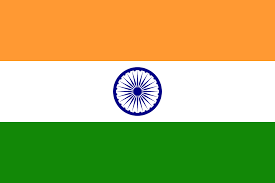
National Flag
Flag of India
A horizontal rectangular tricolor with equally sized deep saffron at the top, white in the middle and Indiagreen at the bottom. In the center is a navy blue wheel with twenty-four spokes, known as the Ashoka Chakra. -
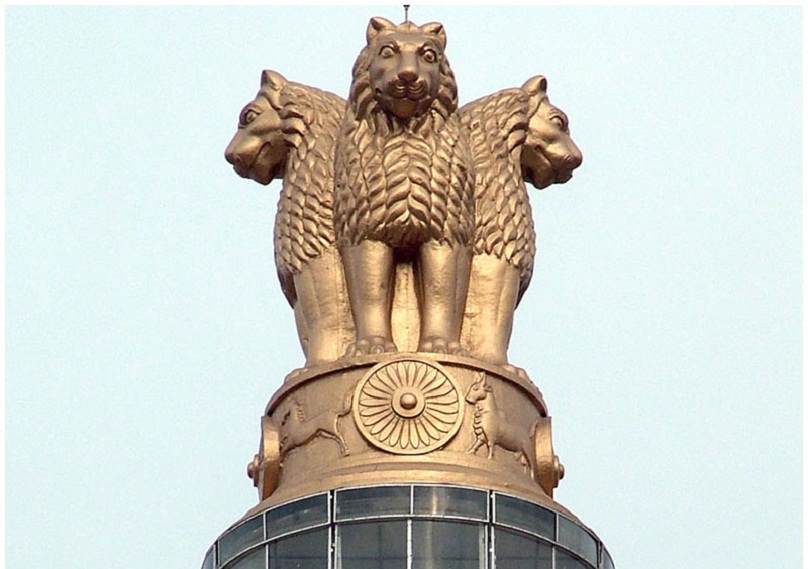
National emblem
National emblem of India
An adaptation of Lion Capital of Asoka at Sarnath was adopted as the National Emblem of India on 26 January 1950, the day India became a republic. "Satyameva jayate" (English: Truth Alone Triumphs). -
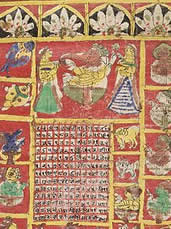
National Calender
Saka Calender
Saka calendar was introduced by the Calendar Committee in 1957, as part of the Indian Ephemeris and Nautical Almanac, which also contained other astronomical data, as well as timings and formula for preparing Hindu religious calendars. Usage officially started at 1 Chaitra 1879 Saka Era, or 22 March 1957 -
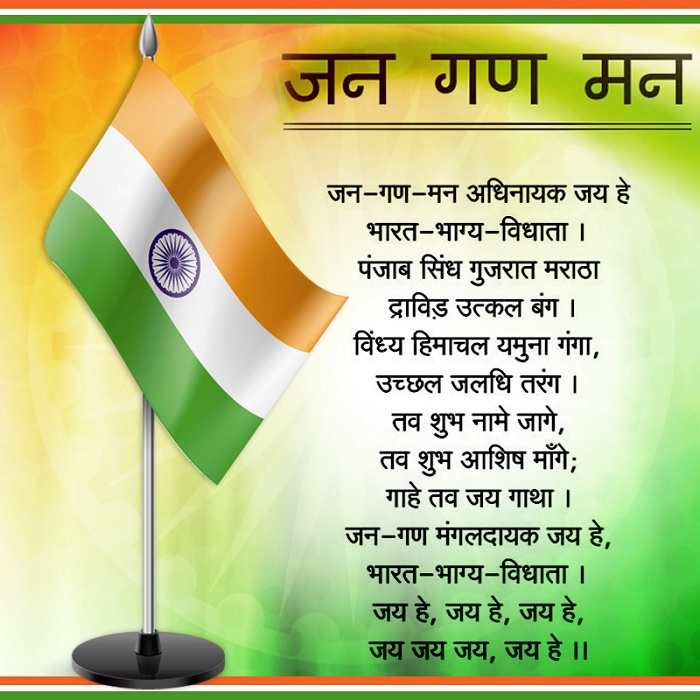
National Anthem
Jana Gana Mana
Jana Gana Mana by Rabindranath Tagore was officially adopted by the Constituent Assembly as the Indian national anthem on 24 January 1950 -
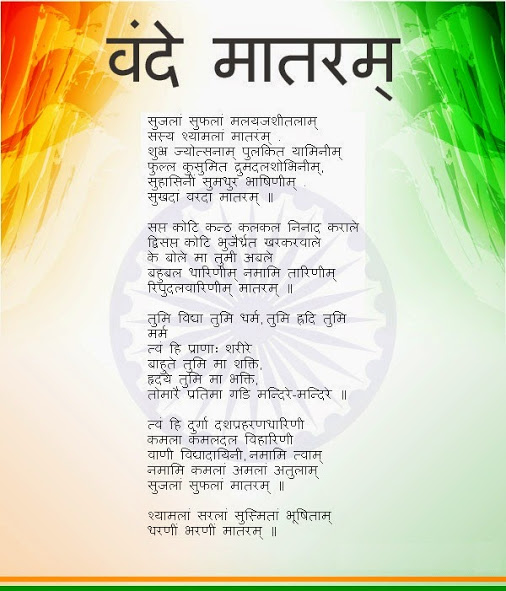
National Song
Vande Mataram
Vande Mataram was adopted as the National song of India in 1950. -
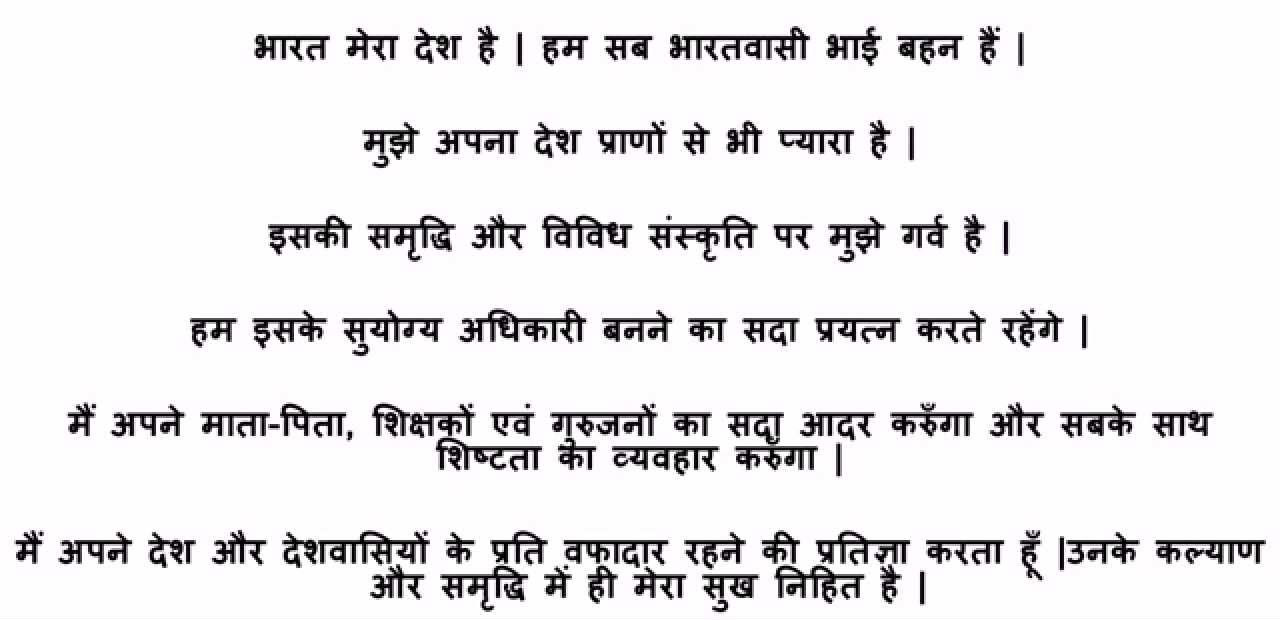
Oath of Allegiance
National Pledge (India)
It was Written in Telugu Language by Pydimarri Venkata Subba Rao in 1962. Central Advisory Board on Education directed that the pledge to be sung in Schools and that this practice to be introduced by 26 January 1965 -
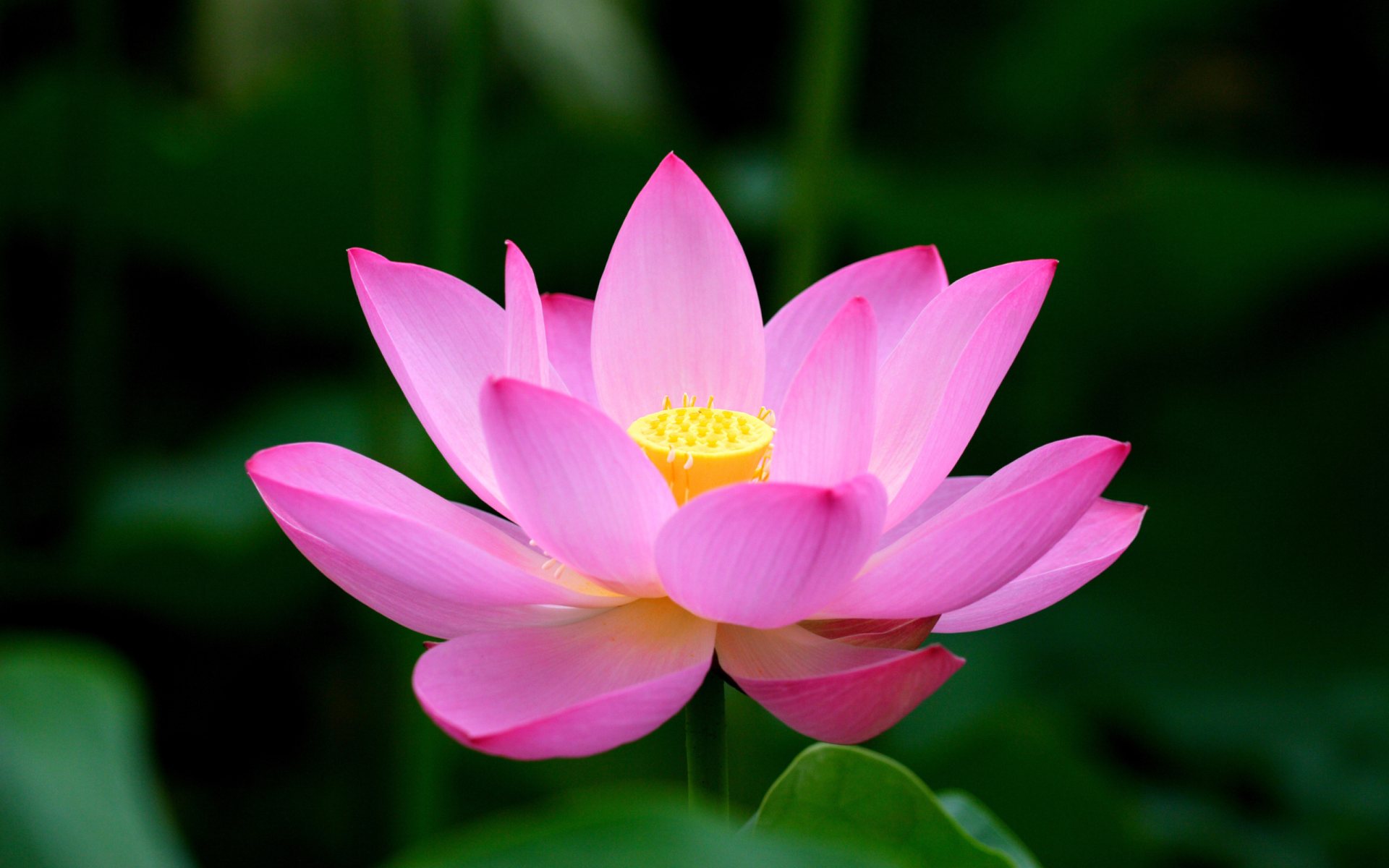
National Flower
Indian Lotus
Lotus is a sacred flower and occupies a unique position in the art and mythology of ancient India and has been an auspicious symbol of Indian culture -
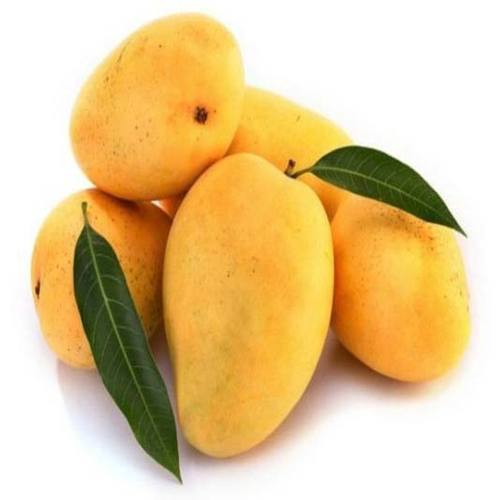
National Fruit
Mango
Mango originated in India and the country is home to more than 100 varieties of the fruit. -
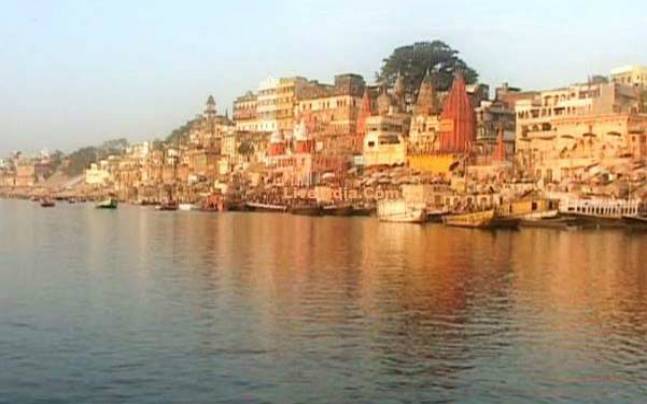
National River
Ganga
Ganga is the longest river of India with the most heavily populated river basin in the world. The river is revered by Hindus as the most sacred river on earth. -
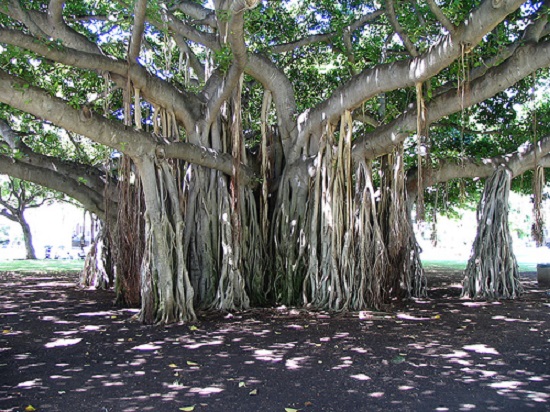
National Tree
Indian Banyan
Indian banyan root themselves to form new trees and grow over large areas. Because of this characteristic and its longevity, this tree is considered immortal and is an integral part of the myths and legends of India. -
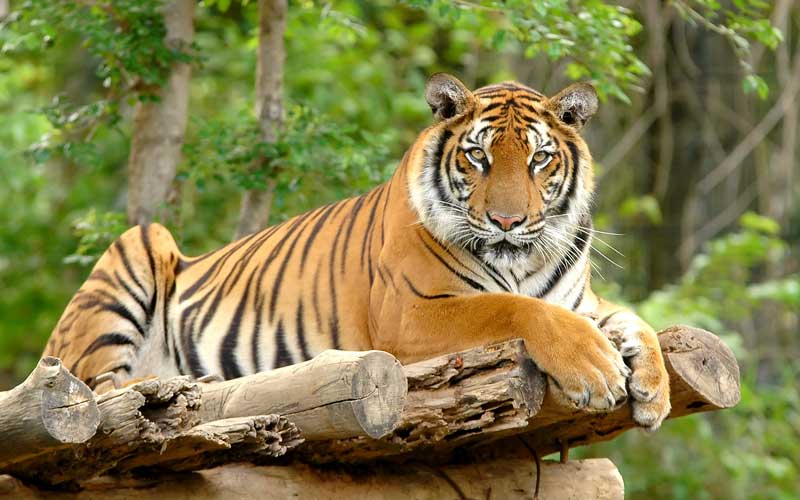
National Animal
Royal Bengal Tiger
Bengal tiger the largest carnivore is found only in the Indian subcontinent and can be found in most regions of the country. -
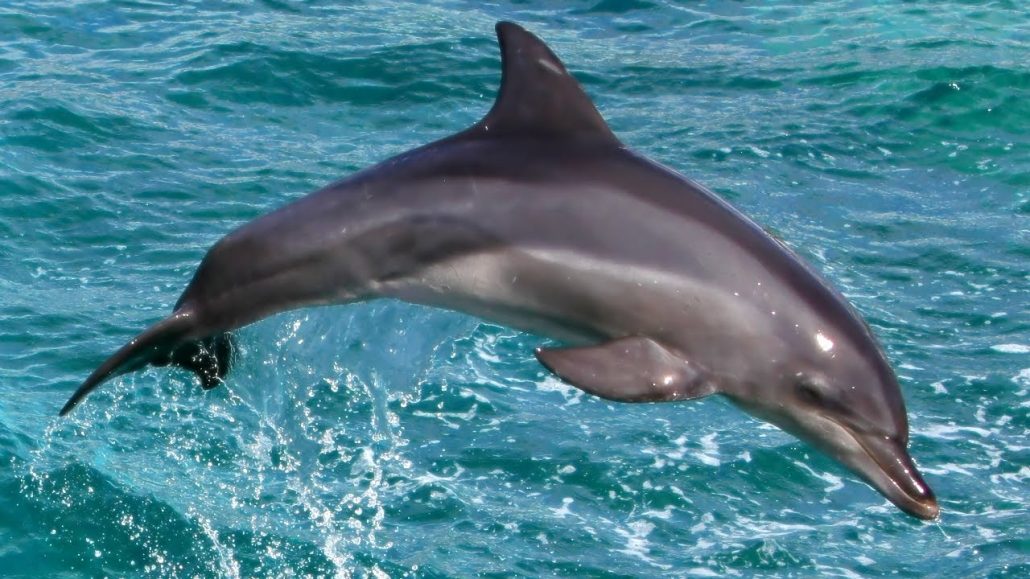
National Aquatic Animal
River Dolphin
Gangetic Dolphin is said to represent the purity of the holy Ganga River as it can only survive in pure and fresh water. -
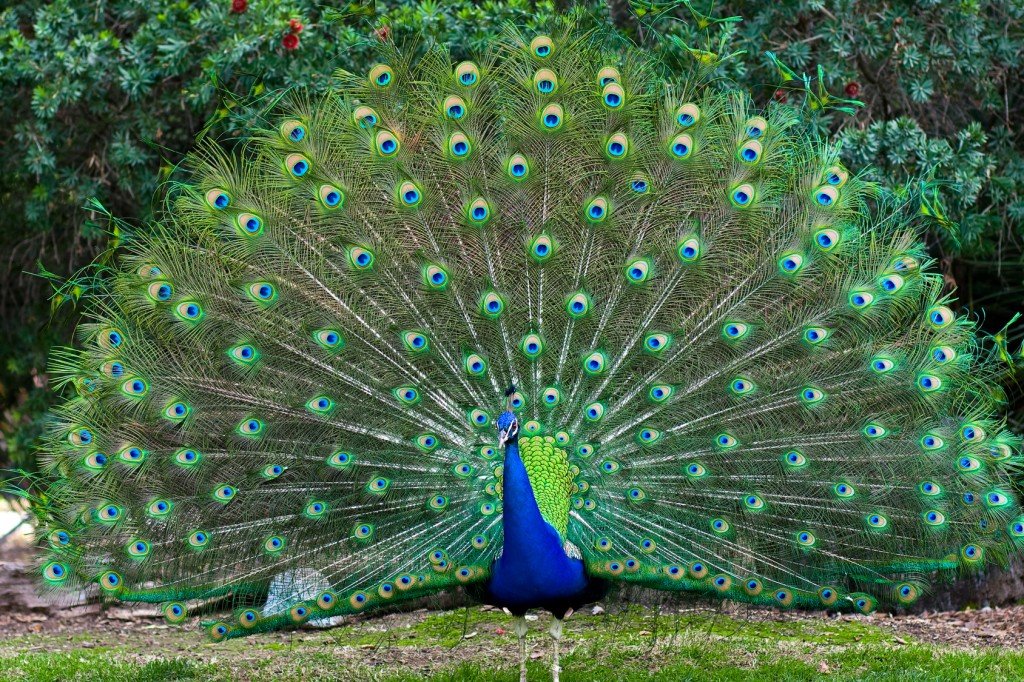
National Bird
Indian Peacock
Indian peacock is designated as the national bird of India. Peacock represents the unity of vivid colors and finds references in Indian culture. -
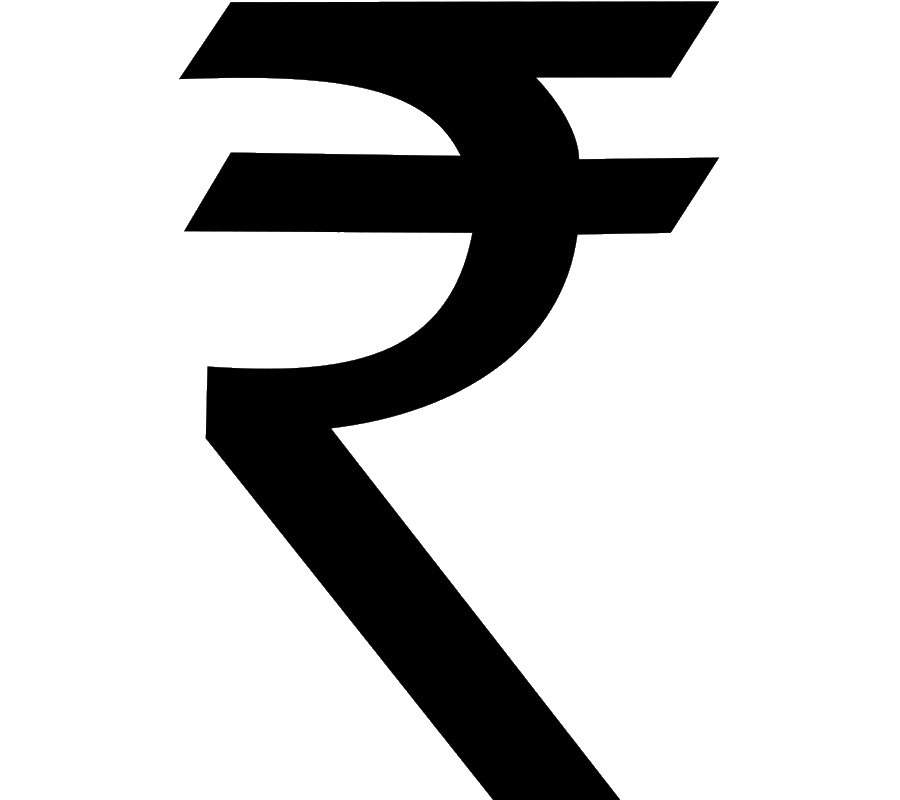
National Currency
Indian Rupee
Indian Rupee is the official currency of the Republic of India. The issuance of the currency is controlled by the Reserve Bank of India.
WILD LIFE SANCTUARIES
All across the country are wildlife sanctuaries whose areas extend over several thousands of square kilometers, where ildlife can be observed in this natural surroundings. Each sanctuary supports several species of wildlife, being well known for one particular species.
In some cases, these are rare or even endangered species. Gir Forest in Gujarat is the only surviving home of the Asian Lion, Manas and Kaziranga in Assam have a significant population of one horned rhinos, Periyar in Kerala is best known for wild elephant viewing. Thamin deer at Keibul Lamjao National Park in Manipur, hangul or Kashmir Stag at Dachigam, Srinagar, and blackbuck at Velavadhar in Gujarat are the only homes of these species.
Project Tiger, initiated in 1973, identified major areas inhabited by tigers. These became areas protected by the project, enabling a significant increase of the tiger population. Bandhavgarh and Kanha Sanctuaries in Madhya Pradesh; Sariska and Ranthambore in Rajasthan and Corbett Park and Dudhwa in Uttar Pradesh are some of the country’s best known tiger reserves. Other species at these places include panthers, and several species of deer and antelope, the commonest of which are axis deer and blue bull.
BHARATPUR – A five hours drive from Delhi, has the largest bird sanctuary in Asia. Water birds that migrate from other parts of the country include herons, ibis, pelicans, painted storks, spoonbills, egrets and open billed storks. Various species of ducks and geese migrate from places in Russia. These include Brahminy ducks and the endangered Siberian crane.
October to March is the most pleasant time to visit any sanctuary in the country, with the exception of Dachigam in Kashmir which is best visited during summer. All wildlife sanctuaries are accessible by car, and all have accommodation within or near them.
FAIRS AND FESTIVALS OF INDIA
India – an alluring land of colorful diversity and grandeur shines with countless fairs and festivals that reflect the vivid culture and unique cultural traditions of this charismatic country. A tour to India cannot be termed complete without immersing yourself in its colorful fairs and festivals that showcase the beauty of its traditional arts and crafts. Packed with endless joy and excitement, the festivals are a time to rejoice, celebrate life and cherish the memorable experience.
Celebrated with great enthusiasm and happiness, the fairs and festivals offer magnificent experiences to cherish forever. From the desert festivals of Rajasthan, to the “Durga Puja” festival of West Bengal, to the “Goa Carnival”, to the “Ganapati” in Maharashtra, to the “Snake Boat Fair” in Kerala, a tour to India, especially during the fairs and festivals will certainly mesmerize you with its charm.
On your India trip, be a part of India’s vibrant fairs and festivals to witness the true essence of its culture, traditions and customs in full vigor. Held at different towns, cities and villages from time to time, these fairs and festivals are an absolute treat for the soul. Pushkar “Camel Festival”, “Holi” in Mathura, “Kumbh Mela”, “Eid”, “International Kite Festival”, “Surajkund Crafts Fair”, “Elephant Festival”, “Baisakhi”, “Rath Yatra” and many more, all these festivals and fairs provide a memorable holiday experience.
Every month of the year is packed with various fairs and festivals, with each one celebrated in a different fashion. Many festivals like Baisakhi which marks the onset of the harvesting season, “Christmas”, “Independence Day” and “Republic Day” are celebrated with joy and gaiety. The annual five day long eye-catching Pushkar Fair of Rajasthan has thousands of visitors every year! It is essentially a fair that not only is a feast for the eyes, but also brings livestock, villagers, traders and buyers together. Besides the trading of animals like camels, cows, goats and sheeps, the folk dance, puppet shows and raditional music make a lively spectacle that remains engraved in the heart forever.
Diwali, also known as the “Festival of Light”, is one such festival that is celebrated with great fervor all over India. winkling lights, diyas and candles light up the entire country as people worship Lord Ganesha and Goddess Laxmi to seek their blessings and exchange presents and sweets.
Holi, the “Festival of Colors” is celebrated all across India. It is an exuberant ritual where people put on bright colors of gulal, splash each other with water colors, dance and enjoy mouthwatering sweets.
These are just some of the fairs and festivals that are celebrated in various regions of India and there are many more that are equally splendid and beautiful. Be a part of these festivals and fairs, mingle with the friendly locals and do not miss the opportunity to explore the vibrant culture of India. There are simply no words to describe the feeling of excitement, delight and happiness of being part of the festivals.
CLIMATE OF INDIA
WEATHER
India, in general, has a hot tropical climate with both the Tropic of Cancer and Tropic of Capricorn passing through her. However the climatic conditions show variations from region to region. The climate becomes cold from October to March, and the mornings and evenings are cool and fresh and the days are warm and sunny. From April to June, the climate becomes really hot and the days become dry and hot with occasional dust storms. June marks the onset of monsoons that lasts in most regions till September
WESTERN HIMALAYAS:
Srinagar located in Northern India, has the best climate from April to November. However the winters are extremely cold and damp. Nearby places like Pahalgam, Gulmarg usually experience moderate to heavy snowfall during the winter season from December to March. Shimla and Manali, in Himachal Pradesh, are located at higher altitudes and are therefore much colder during winter. Both these places experience moderate to heavy snowfall during the winter season. At even higher altitudes lie Leh and Ladakh. Leh is famous for Khardungla Pass, which is the Highest Motorable Road in the world. The temperatures can drop to sub-zero levels in winters, which are extremely cold. Also because of the high altitudes and low temperatures, oxygen is slightly scarce in the atmosphere. The road to Leh is open from July to October.
NORTHERN PLAINS:
The northern plains have characteristic extreme climatic conditions with the inland regions having hot nights and days during the summer season from April to mid June. However during the winter season, from November to February, the days are warm and temperatures during night time can fall sub-zero levels. The onset of monsoons is from June and lasts till September.
CENTRAL INDIA:
The summer season is characterized by hot days and nights whereas during the winter season the days are warm and sunny and nights are very cold. July marks the onset of monsoons, which last till September. Required clothing: : Light clothes from March to October. Heavy woolens for winter. Raincoats and umbrellas during monsoons.
WESTERN INDIA:
The regions of western India have a predominantly coastal climate because of the Arabian Sea and the Gulf of Kutch. The days and night are hot and humid during the summer season. Monsoon strikes in July and lasts till September. From October onwards, the climate becomes cool and in some regions an occasional woolen is required. Generally the climate is pleasant even during winter season.
SOUTHWEST INDIA:
This region also has a predominantly coastal climate because of the Arabian Sea towards the west and the Indian Ocean to the South. The climate is most pleasant from November to March. The summers are not as hot as northern regions but the humidity is extreme. Monsoon strikes between late April and July. The coastal areas experience the cool sea breezes. The inland areas and cities like Mysore and Bijapur have a pleasant climate with relatively low rainfall.
SOUTHEAST INDIA:
Southeast India has a characteristic coastal climate because of the Bay of Bengal to the east and the Indian Ocean to the South. The state of Tamil Nadu has warm summers with high humidity and pleasant winters. It experiences northeast monsoon between October and December. The hill stations like Ooty and Kodaikanal can be cold in winter. Hyderabad is hot but less humid in summer and much cooler in winter.
The summer months (April – June ) are hot in most parts of India. This is the season to visit the summer resorts of Shimla, Mussoorie, Nainital, Kufri and Kashmir valley, Darjeeling, Shilong, Ootacamund, Kodaikanal, Pachmarhi and Mount Abu.
The winter months (November – March) are pleasant throughout India with bright sunny days. Winter is more severe in the northern plains, and in the foot hills of the Himalayas, while the southern, eastern and western zones of India, remain pleasantly cool.
The monsoons break at the beginning of June on the Southwest coast of India, and gradually break at all parts of the country, except south-eastern areas. These areas receive most of their rainfall between October and December.
